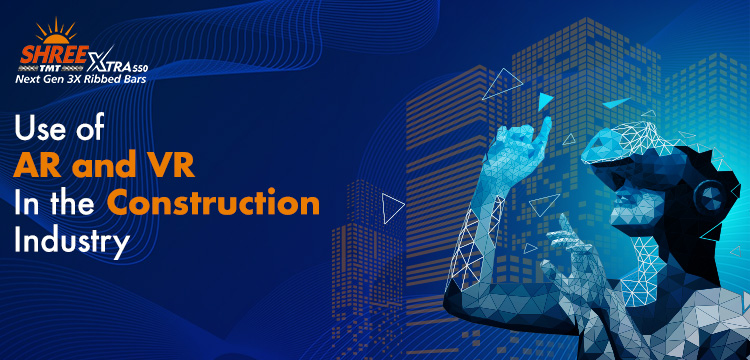Use of AR & VR In the Construction Industry: Benefits + Future [Complete Guide]
The construction industry is undergoing a technological revolution, with Augmented Reality (AR) and Virtual Reality (VR) at the forefront. These immersive technologies are reshaping how projects are designed, executed, and managed, and understanding how AR and VR are reshaping the sector can provide significant strategic advantages.
Improved Visualization and Planning
One of the most significant advantages of AR and VR in construction is enhanced visualization and planning capabilities. These technologies allow architects, engineers, and clients to experience projects in three dimensions before breaking ground.
- 3D Modeling: AR and VR enable the creation of highly detailed 3D models, providing a more accurate representation of the final product.
- Client Presentations: Immersive walkthroughs help clients better understand designs, leading to faster approvals and fewer revisions.
- Clash Detection: VR allows teams to identify and resolve design conflicts early, reducing costly on-site changes.
Safety Training and Simulations
Safety is paramount in construction, and AR/VR technologies are revolutionizing how workers are trained and prepared for on-site challenges.
- Immersive Training: VR simulations provide realistic, risk-free environments for workers to practice dangerous scenarios.
- Equipment Operation: Workers can learn to operate complex machinery safely through VR training modules.
- Site-Specific Safety: AR can overlay safety information and hazard warnings in real-time on job sites.
Enhanced Collaboration and Communication
AR and VR foster better collaboration among project stakeholders, regardless of their physical location.
- Virtual Meetings: Teams can conduct design reviews and project meetings in shared virtual spaces.
- Real-Time Data Sharing: AR allows on-site workers to access and share critical information instantly.
- Remote Expert Assistance: AR enables off-site experts to guide on-site workers through complex tasks.
Efficient Project Management
These technologies are streamlining project management processes, leading to improved efficiency and cost savings.
- Progress Tracking: AR can overlay BIM data onto the physical site, allowing managers to compare actual progress with plans.
- Resource Allocation: VR simulations help optimize resource allocation and scheduling.
- Quality Control: AR assists in comparing as-built conditions with design specifications in real-time.
Cost Reduction and Time Savings
While initial investment in AR/VR technology may be significant, the long-term benefits are substantial.
- Reduced Rework: Early detection of design issues leads to fewer costly on-site changes.
- Faster Decision-Making: Immersive visualizations enable quicker and more informed decisions.
- Streamlined Processes: AR/VR integration can shorten project timelines and reduce labor costs.
Future Prospects
The future of AR and VR in construction looks promising, with several exciting developments on the horizon:
- AI Integration: Combining AR/VR with artificial intelligence will enable predictive analysis and smarter decision-making.
- 5G Connectivity: Faster, more reliable connections will enhance real-time AR applications on construction sites.
- Wearable Technology: Advanced AR glasses and haptic feedback devices will make immersive experiences more seamless.
- Digital Twins: VR will play a crucial role in creating and maintaining digital replicas of physical structures.
- Sustainable Construction: AR/VR will aid in optimizing energy-efficient designs and simulating environmental impacts.
Conclusion
AR and VR are no longer futuristic concepts in the construction industry; they’re rapidly becoming essential tools. From improving safety and efficiency to enhancing collaboration and client satisfaction, these technologies are transforming every aspect of construction.
As we look to the future, the integration of AR and VR in construction will only deepen, bringing about more innovative solutions and pushing the boundaries of what’s possible in the built environment. Companies that embrace these technologies now will be well-positioned to lead the industry in the years to come. At Shree TMT, we’re committed to staying at the forefront of technological advancements in construction. By leveraging AR and VR, we’re building a safer, more efficient, and more sustainable future for the construction industry.

